Understanding the Basics of Duct Design Florida
What is Duct Design?
Duct design is a critical component of any HVAC (heating, ventilation, and air conditioning) system. It involves determining the most effective way to distribute conditioned air throughout a building to ensure optimal comfort and efficient energy use. The process includes analyzing factors such as airflow, ventilation, and thermal distribution to create a duct system that meets the specific needs of a space. Effective Duct Design florida considers the unique climate, size, and layout of the environment to achieve the best results.
Importance of Duct Design in HVAC Systems
The design of ductwork plays a pivotal role in the overall performance of HVAC systems. Properly designed ducts can improve airflow efficiency, reduce energy costs, and enhance indoor air quality. Conversely, poorly designed ducts can lead to significant problems, including uneven heating and cooling, increased energy consumption, and the circulation of dust and allergens. In Florida, where humidity and temperature variations are common, effective duct design becomes even more essential to maintain comfort and health in indoor environments.
Key Components of Effective Duct Design
To ensure effective duct design, several key components must be considered:
- Duct Size: Accurate sizing is crucial for optimal airflow. Ducts that are too small will impede airflow, while those that are too large can lead to inefficient operation.
- Duct Shape: Circular ducts tend to be more efficient than rectangular ones, but the choice may depend on the installation space and aesthetic considerations.
- Material: The material of the ductwork can impact insulation, noise levels, and longevity. Common materials include galvanized steel, aluminum, and flexible ducting.
- Insulation: Proper insulation helps maintain the temperature of the air within the ducts and prevents condensation, especially in humid climates like Florida.
- System Layout: The design must facilitate smooth air movement throughout the building while avoiding sharp bends and turns that can disrupt airflow.
Common Challenges in Duct Design Florida
Addressing Airflow Issues
Airflow problems are among the most common challenges encountered in duct design. Improperly sized or poorly designed ducts can create areas of low pressure or turbulence, resulting in uneven heating and cooling. Solutions may include adjusting duct sizes, using dampers to balance airflow, or implementing pressure relief ducts to alleviate restrictions.
Managing Noise Levels in Ducts
Noisy ductwork can be a significant source of discomfort in a home or building. Noise can be caused by high-velocity airflow or vibrations from mechanical components. Strategies to minimize noise include using acoustic lining within ducts, opting for larger duct sizes to reduce velocity, and ensuring that all joints and fittings are sealed properly.
Dealing with Space Constraints
Florida’s diverse architecture can often pose space constraints for duct design. In older buildings or spaces with unconventional layouts, finding a way to integrate ductwork without compromising aesthetics or function can be challenging. Utilizing innovative design techniques, such as concealed duct systems or narrow, high-velocity ducts, can effectively address these constraints while still achieving optimal airflow and heating or cooling efficiency.
Best Practices for Duct Design Florida
Implementing Proper Insulation Techniques
Insulation is crucial in the warm and humid climate of Florida. Ducts should be insulated to prevent heat transfer and condensation, which can lead to mold growth. Use materials like fiberglass or foam insulation with a high R-value for maximum effectiveness. Additionally, ensure that all joints and seams are sealed with appropriate materials to prevent air leaks.
Choosing the Right Materials
The material used for ductwork can greatly affect its performance. Metal ducts offer durability and strength, while flexible ducts provide versatility in tight spaces. Evaluating the installation environment and the demands placed on the system can guide the decision when selecting materials. Each option comes with its own set of advantages and potential drawbacks that must be carefully weighed.
Optimizing Duct Layout for Efficiency
Efficient duct layout minimizes the length and number of turns in ductwork, which reduces friction loss and maximizes airflow. Employ a straight-run design where possible and utilize turning vanes at bends to guide airflow smoothly. Additionally, balancing the system through zoning can ensure all areas receive adequate air without excessive strain on the system.
Advanced Techniques in Duct Design Florida
Incorporating Smart Technology
As technology advances, smart HVAC systems are becoming more integrated into duct design. These systems allow for better control over temperature and airflow, offering options such as programmable thermostats and zoning solutions that can be tailored to the needs of occupants. Installing sensors to monitor airflow and temperature can help optimize performance and further reduce energy costs.
Utilizing Computational Fluid Dynamics (CFD)
CFD is a sophisticated tool used to simulate and analyze airflow within duct systems. By using CFD, engineers can visualize how air flows through the system, identify potential issues, and make informed adjustments before installation. This predictive approach not only saves time but also enhances the system’s overall performance and efficiency.
Designing for Sustainability
Sustainability is an increasingly important consideration in duct design. Implementing energy-efficient ductwork solutions can reduce carbon footprints and lower operating costs. Techniques include using materials that have lower environmental impacts, designing duct systems that maximize energy efficiency, and integrating renewable energy sources where feasible.
Measuring Success in Duct Design Florida
Key Performance Indicators for Duct Systems
To evaluate the effectiveness of a duct system, specific key performance indicators (KPIs) should be monitored. These include airflow rates, energy consumption, temperature consistency, and humidity levels. Regular assessments of these indicators can help determine if the duct system is functioning properly and meeting the desired standards of performance and comfort.
Regular Maintenance for Longevity
Regular maintenance is essential to ensure the longevity and effectiveness of duct systems. This includes routine inspections for leaks, cleaning to remove dust and debris, and verifying that insulation remains intact. Scheduling semi-annual maintenance can help identify issues early on and prevent costly repairs down the line.
Feedback and Continuous Improvement Methods
Collecting feedback from building occupants about their comfort levels can provide valuable information on the performance of a duct system. Surveys and performance reviews can be conducted to assess areas needing improvement. Leveraging this feedback, HVAC designers can adapt and refine designs to meet evolving demands and improve overall satisfaction.
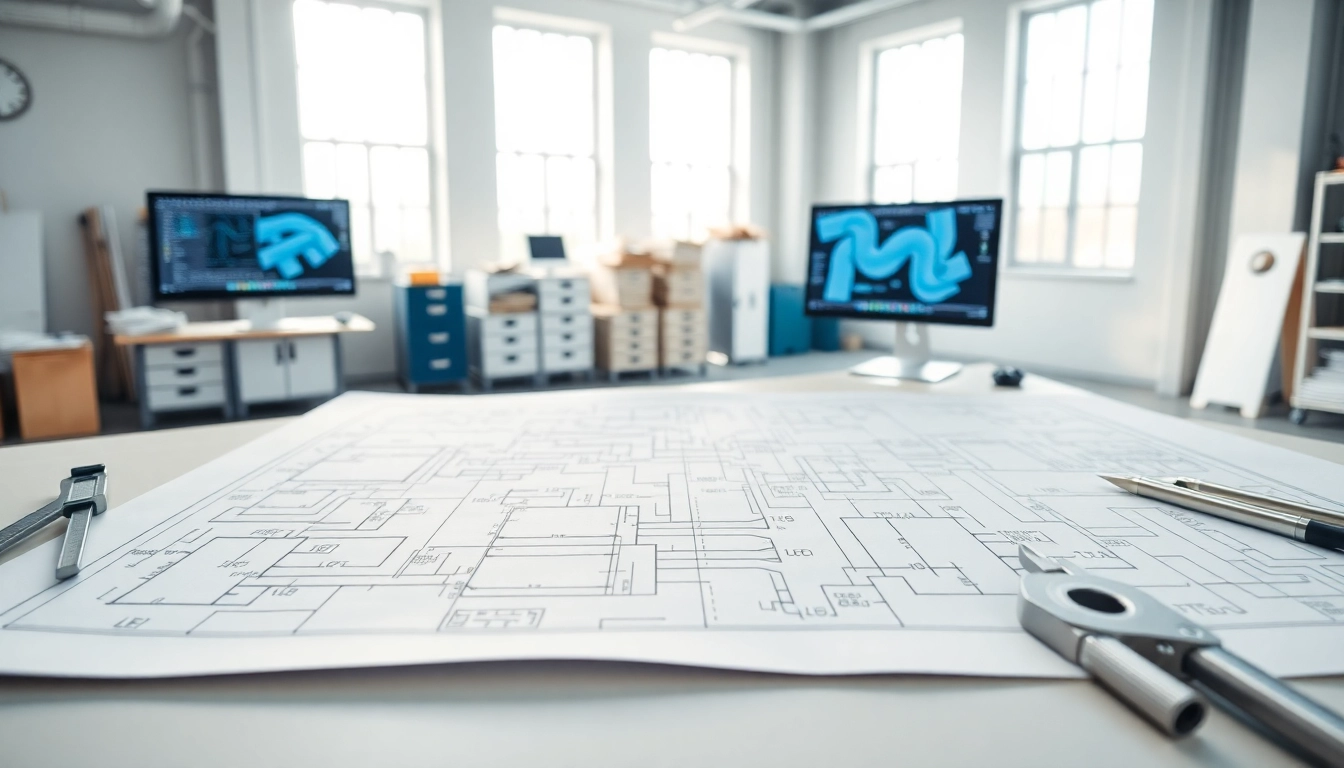

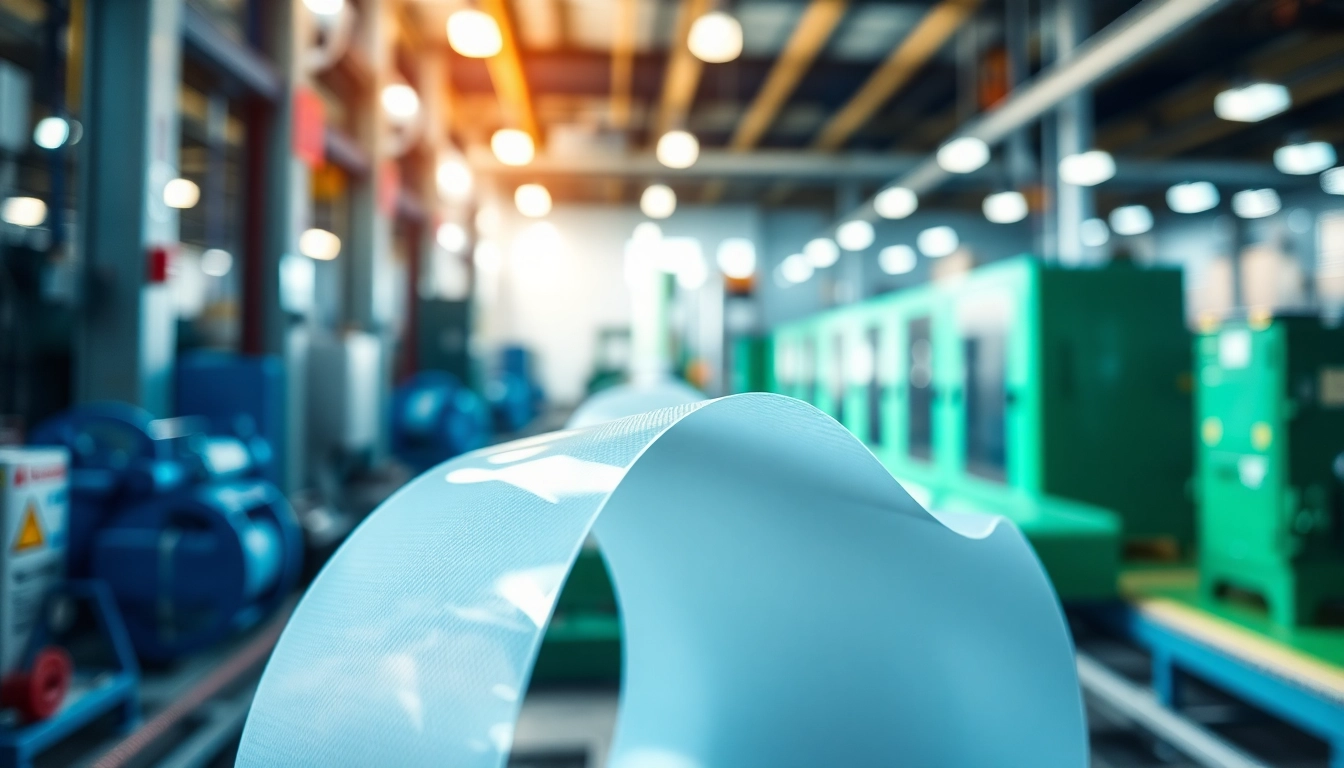


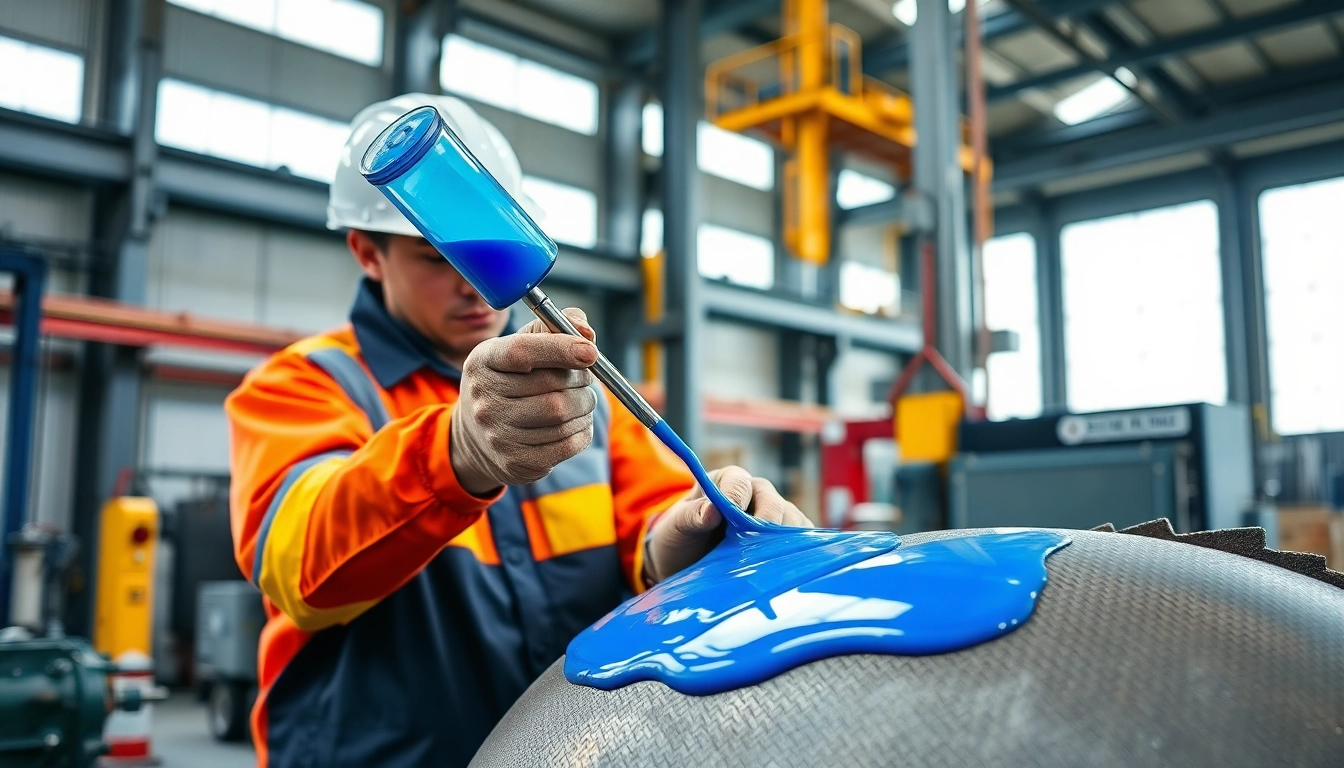

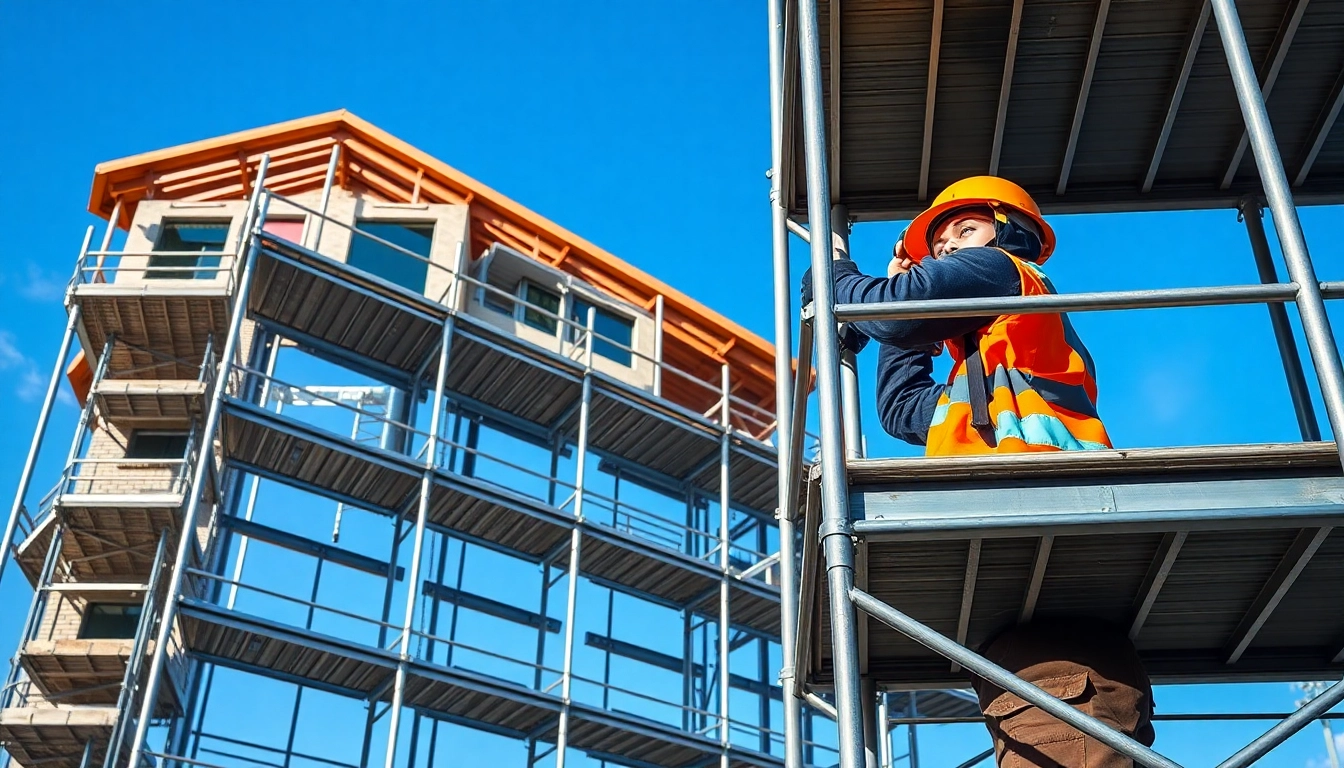
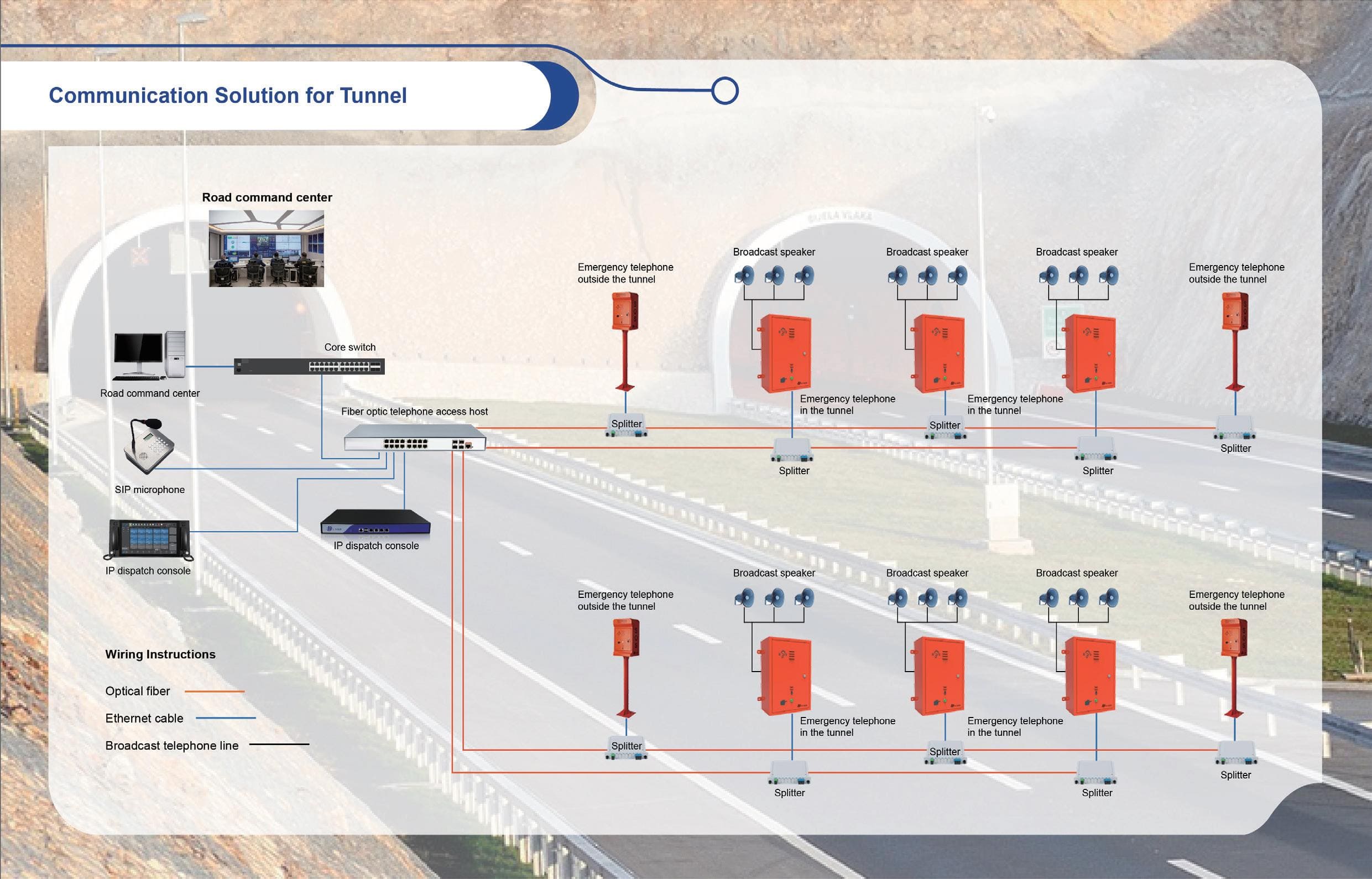

Leave a Reply